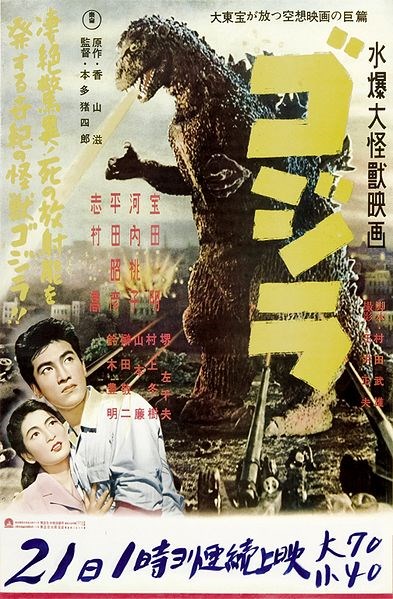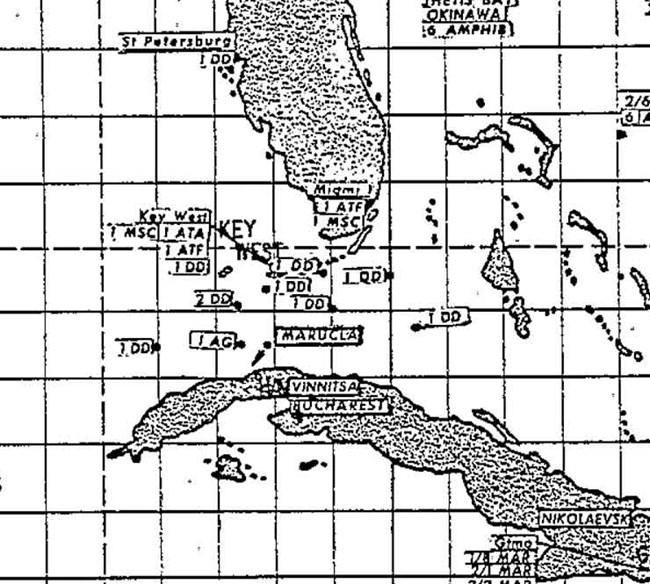Last updated: April 4, 2023
Article
The Atomic Legacy

WIKIMEDIA COMMONS
On August 5th, 1945, the vast majority of people in the United States and around the world had no concept of an atomic bomb, no realization of the Manhattan Project, and nothing in collective thought that could prepare them for the massive cultural shift that would begin the next day. Then everything changed.
Initial news reports in the United States focused on bewilderment. What was this weapon? How could something the size of a living-room sofa destroy an entire city? What was this atom? What did it all mean? Reporter Don Goddard spoke over the radio at lunchtime: “A little less than an hour ago, newsmen were called to the White House down in Washington, and there they were read a special announcement written by President Truman...This was the story of a new bomb, so powerful that only the imagination of a trained scientist could dream of its existence. Without qualification, the President said that Allied scientists have now harnessed the basic power of the universe. They have harnessed the atom.” Later that same evening, Goddard shared with the public the immense destruction brought down on Hiroshima: “There is reason to believe tonight that our new atomic bomb destroyed the entire Japanese city of Hiroshima in a single blast... It would be the same as Denver, Colorado, with a population of 350,000 persons being there one moment, and wiped out the next.”
For the next several months, Americans tried to come to terms with this new power in different, often comical ways. From the Arkansas farmer and his tree stumps, to atomic jewelry, to “Atomic Sales” at department stores, to the “Atomic Bomb Ring” in a Kix cereal box, where a child could “see genuine atoms SPLIT to smithereens!”, there was no shortage of ways in which the bomb could be marketed, and the collective conscience could understand this new era. However, an issue of the New Yorker magazine published a year later in August,1946 changed the way in which many viewed the bomb. Public understanding changed from something unbelievable to something kitschy, to something that had ended approximately 200,000 Japanese lives by the end of 1945 and left survivors with a lifetime of pain and suffering.
The New Yorker article, written by John Hersey and titled simply “Hiroshima”, was the first detailed glimpse many people had into the human cost of the bomb. Taking up the entire issue and told from the perspective of Japanese survivors, the article was one of the first times readers were able to understand the impact the bomb had on Japanese citizens. Hersey shared first-hand accounts of the blinding flash and the immense heat to the years of radiation sickness that slowly claimed the lives of thousands that lived through the initial bombings. Gojira, known in the west as Godzilla, was born out of the Japanese memory of the bombings, depicted as a massive sea monster awakened by radiation and bent on the destruction of Japan.

WIKIMEDIA COMMONS

US DEPARTMENT OF ENERGY
- Boyer, Paul. By the Bomb’s Early Light: American Thought and Culture at the Dawn of the Atomic Age. Chapel Hill: The University of North Carolina Press, 1994.
- Hersey, John. Hiroshima. New York: Vintage Books, 1989.
